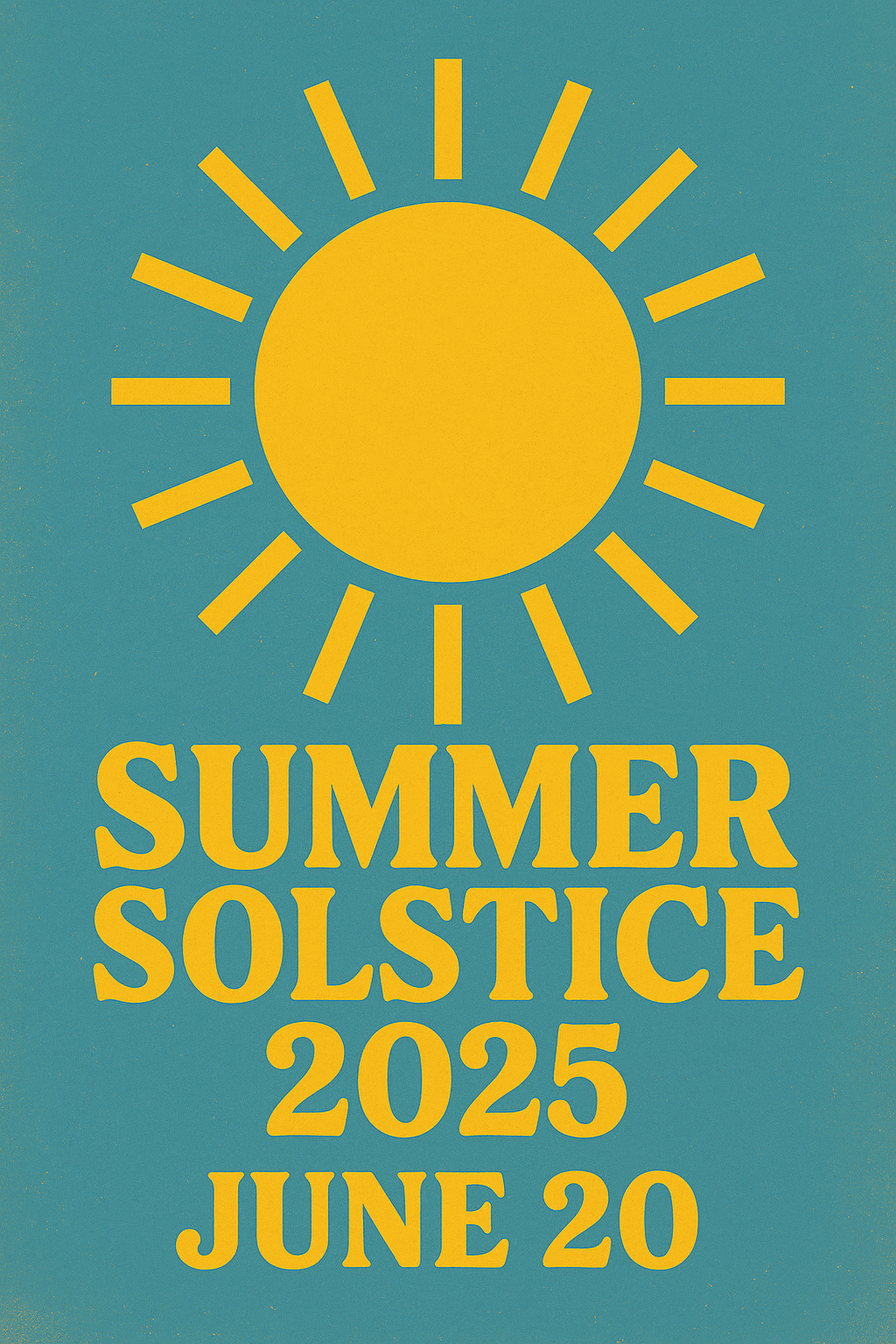The summer solstice in 2025—the moment marking the longest day of the year in the Northern Hemisphere—occurs on Friday, June 20, at 10:42 PM Eastern Daylight Time (which corresponds to Saturday, June 21 at 02:42 GMT). This astronomical moment happens when Earth’s North Pole tilts directly toward the Sun, positioning the Sun at its northernmost point—directly overhead at the Tropic of Cancer (23.5° N). From this point on, daylight hours begin to decrease in the Northern Hemisphere as summer begins astronomically.
Contrary to common belief, the solstice isn’t usually the hottest day of the year. That peak typically occurs later in summer due to thermal lag—oceans and land slowly absorb and release heat . Likewise, the earliest sunrise and latest sunset don’t coincide with the solstice because of Earth’s elliptical orbit and axial tilt.
This celestial event has resonated through human history. Ancient cultures—Egyptians, Celts, Romans, Native Americans, and many others—built monuments and held ceremonies around solstice sunrises and sunsets. Stonehenge, Chichén Itzá, Scandinavia’s Midsummer bonfires, and East Asian Xiazhi traditions all reflect the solstice’s rich cultural tapestry .
In 2025, the solstice falls on June 20 in North America and June 21 in time zones like GMT/BST. Whether you’re observing it with ritual, reflection, or simply enjoying the sun, the solstice invites a moment of renewal—an opportunity to connect with ancient rhythms and the promise of summer.

